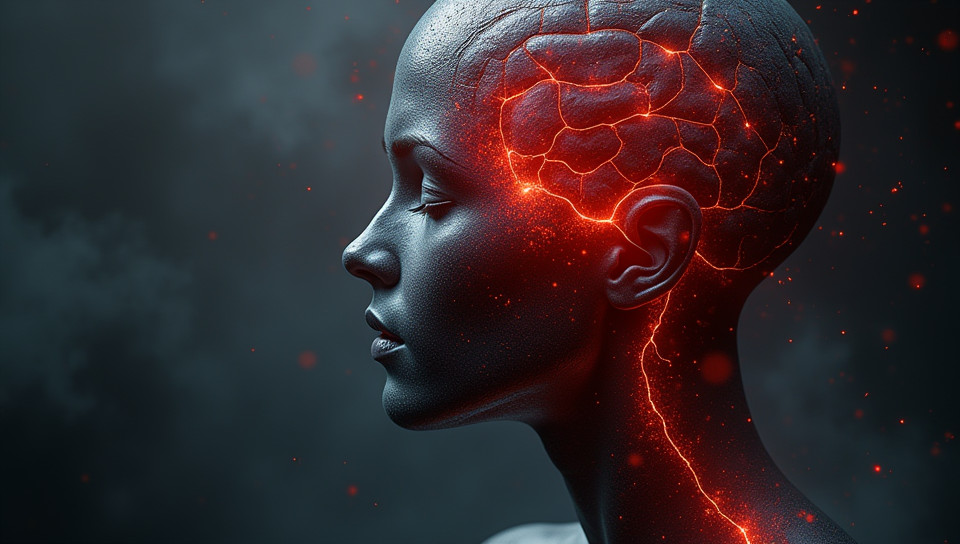Pain is perceived through the mind's interpretation 65%

The Mysterious Realm of Pain Perception
Have you ever wondered why two people can experience pain from the same injury, yet their reactions and perceptions differ vastly? Perhaps one person is debilitated by chronic pain, while another can bounce back relatively quickly. This disparity highlights a profound truth: pain is not merely a physical sensation, but a highly subjective experience shaped by our minds.
The Complexity of Pain Perception
Our understanding of pain has evolved significantly over the years. We once believed that pain was solely the result of damaged tissue sending signals to the brain. However, research has revealed that pain is a multifaceted phenomenon involving not only physical stimuli but also emotional, cognitive, and social factors. In fact, studies have shown that up to 70% of chronic pain patients experience psychological distress, such as anxiety and depression.
The Mind's Role in Pain Perception
So, what role does the mind play in shaping our pain experiences? Here are a few key aspects:
- Emotional state: Our emotional well-being significantly influences how we perceive pain. For example, stress, anxiety, or fear can heighten pain sensitivity.
- Attention and focus: When we're preoccupied with our thoughts or emotions, we may be less aware of our physical sensations, including pain.
- Cognitive appraisal: How we interpret and make sense of our experiences affects our emotional response to pain. If we view ourselves as vulnerable or helpless, we're more likely to experience increased suffering.
- Past experiences: Traumatic events or past injuries can shape our expectations and perceptions of pain.
The Interplay Between Body and Mind
The relationship between the body and mind is intricate, with each influencing the other in complex ways. For instance:
- Our brain's default mode network (DMN) plays a crucial role in pain perception by reconstructing our experiences, including emotional and social aspects.
- Neurotransmitters like endorphins and dopamine modulate pain perception, while also affecting mood and motivation.
Breaking Free from the Grip of Chronic Pain
Understanding that pain is perceived through the mind's interpretation can be liberating. By acknowledging this complex interplay between body and mind, we can begin to address chronic pain in more effective ways:
- Mindfulness-based interventions, such as meditation or yoga, help cultivate awareness and reduce rumination.
- Cognitive-behavioral therapy (CBT) focuses on reframing negative thought patterns and developing coping strategies.
- Social support networks can provide emotional comfort and practical assistance.
Conclusion
The nature of pain perception is multifaceted, with the mind playing a significant role in shaping our experiences. By recognizing this dynamic interplay between body and mind, we can adopt more effective approaches to managing chronic pain. It's time to break free from the constraints of traditional views on pain and embark on a path towards greater understanding, compassion, and empowerment.
- Created by: Ane Ramírez
- Created at: Feb. 18, 2025, 1:55 a.m.
- ID: 20664

